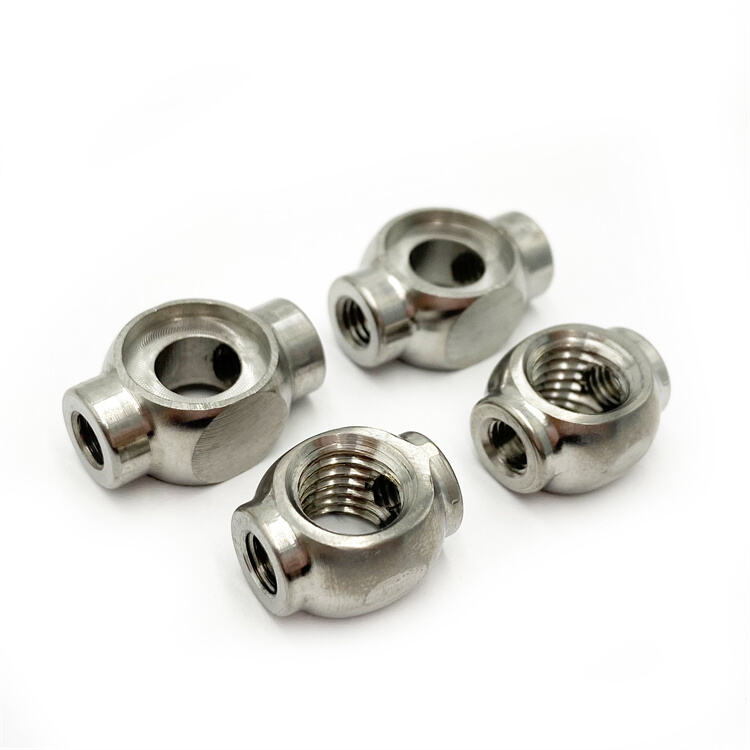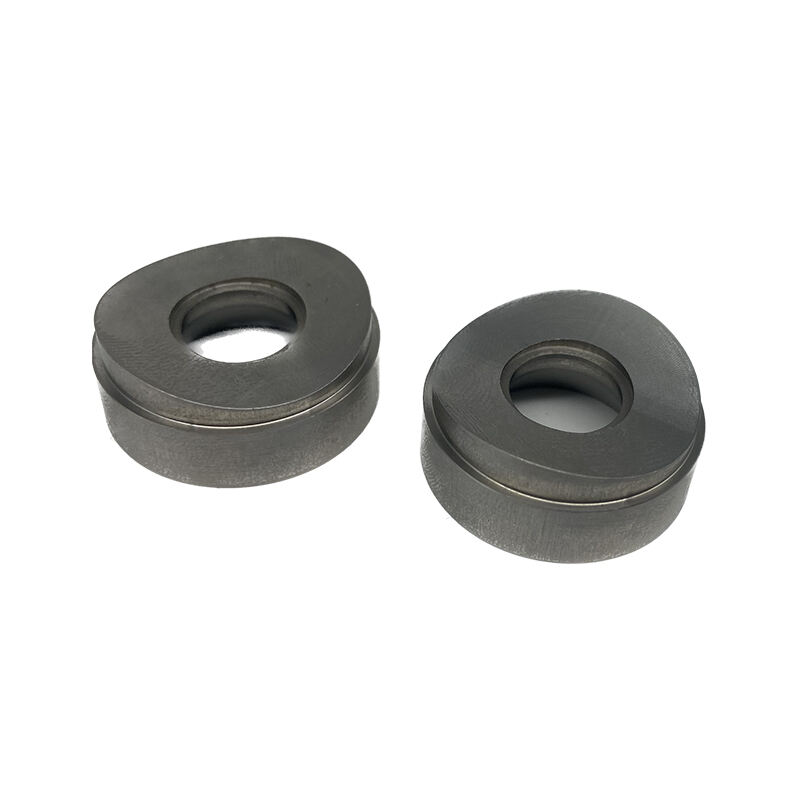cutter machine parts
Cutter machine parts represent essential components in modern manufacturing and industrial processes, comprising a sophisticated array of elements designed for precision cutting operations. These parts include cutting blades, motors, drive systems, control units, and safety mechanisms that work in harmony to deliver accurate and efficient cutting results. The cutting head assembly, typically featuring hardened steel or carbide components, ensures clean cuts across various materials. The drive system incorporates high-performance motors and gearboxes that provide the necessary power and torque for consistent cutting operations. Advanced control systems enable precise adjustments of cutting parameters such as speed, depth, and angle, while safety features like emergency stops and protective guards ensure operator protection. These parts are engineered to withstand continuous operation in demanding industrial environments, with special attention given to heat resistance and wear prevention. The modular design of modern cutter machine parts allows for easy maintenance and replacement, minimizing downtime and extending the equipment's operational life. These components are compatible with various cutting technologies, including laser, plasma, and mechanical cutting systems, making them versatile for different industrial applications.

